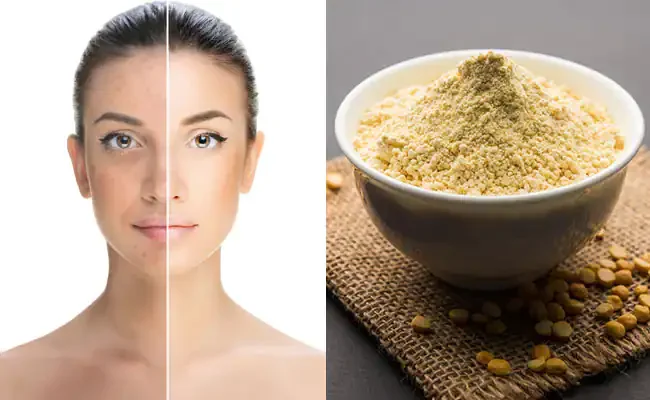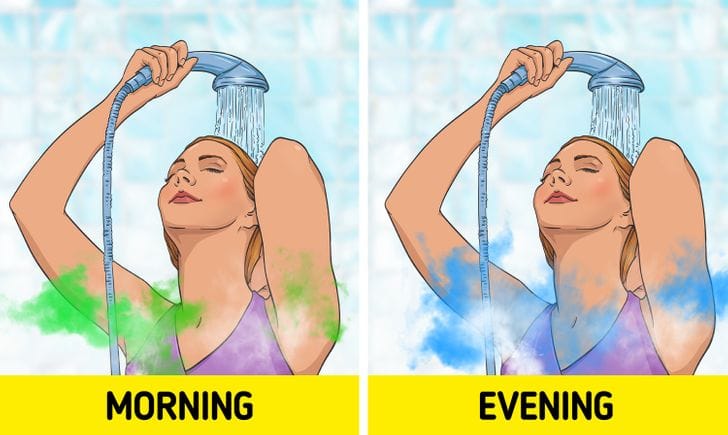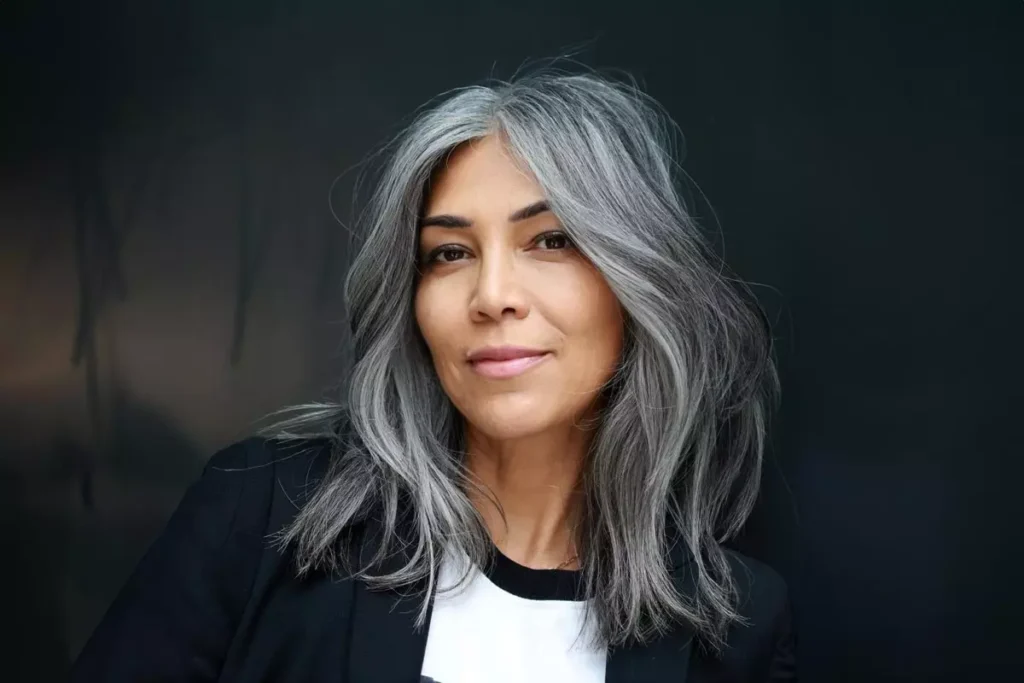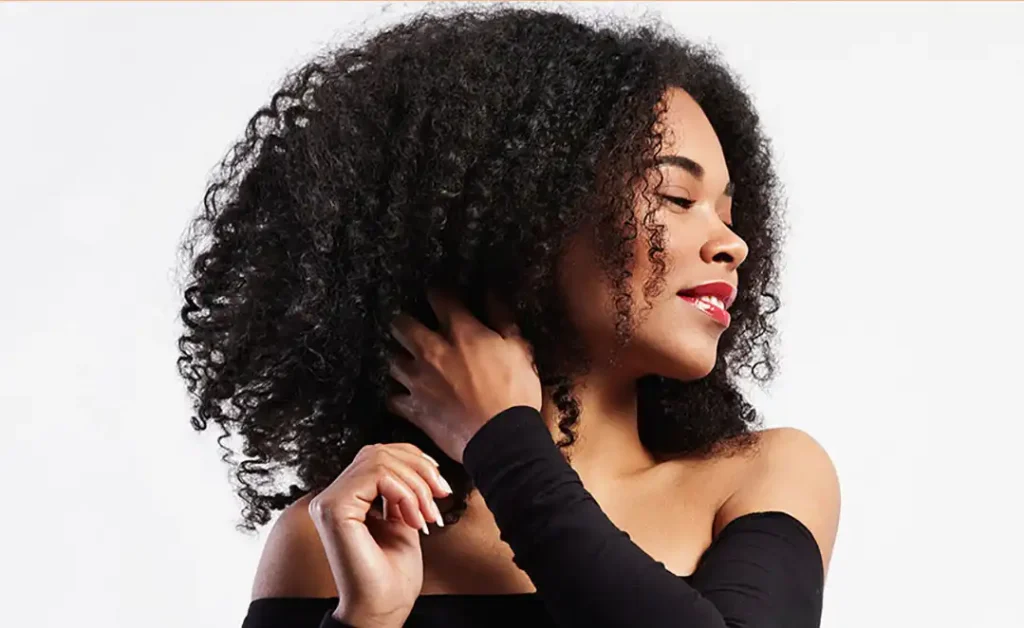Caring for Curly Hair Naturally
My philosophy for hair care is to keep it straightforward. You don’t need a ton of products for curly hair; a minimalist approach can yield great results. At its core, curly hair requires moisture, which is the foundation of an effective care routine.
With over 35 years in the salon industry, I’ve created a deep conditioning treatment designed specifically for the common issues curly hair faces—like frizz, tangles, dryness, and lack of definition. I’ll share my insights on nurturing your curls, helping you confidently enhance and flaunt them.
In this blog, I’ll provide my insights on naturally caring for curly hair, along with expert tips for maintenance. Regardless of your hair type, I’ll explain how to properly care for curly hair and emphasize the importance of achieving the right moisture balance. Nail that aspect, and everything else will fall into place.
Curly Hair | Overview

Curls come in various shapes, sizes, and textures, but they all share one common trait: they provide natural body,
volume, and movement. Sometimes, you might feel your curls have too much volume, which I like to call “The Bounce.” This natural bounce can be managed with the right techniques, and adding moisture helps give weight and balance to it.
Achieving volume and movement is the ultimate goal in hair styling, and with curls, you’re naturally equipped. Embrace your curls and focus on moisturizing them to make the most of The Bounce. In this blog, I’ll explore different curly hair types, textures, porosity, and density. Understanding these characteristics will help you create a care routine that gives your curls a strong foundation to look and feel amazing.
Care for Curly Hair | Content
How to Care for Curly Hair | What’s my Type?

Understanding your curly hair type and texture is essential for proper care.
Curl type plays a crucial role in hairstyling. Choosing the right shape and cut for your curl type can make the difference between ordinary and stunning hair.
I like to think of curl type as your hair’s unique personality; showcasing that personality is what a great haircut aims to achieve.
Curly hair forms a series of peaks and valleys. The benefit of this structure is the beautiful volume and texture it provides.
On the downside, curly hair is often more susceptible to breakage compared to other types. Tighter curls tend to be more delicate than looser ones.
To simplify things, I’ve categorized curly hair into three types below.
Keep in mind that your hair may not fit neatly into these categories; it might have different textures in various areas. I recommend using these categories as a flexible guideline: tighter curls typically require more moisture than looser ones. Use this knowledge to tailor your hair care routine.
1. Loose Wavy Curls

Hair is flatter at the roots, developing movement and waves toward the mid-lengths and ends. These waves are usually looser and form an ‘S’ shape.
2. Curly with Corkscrew Shapes

Hair may feature more ringlets and corkscrew shapes, though this isn’t always uniform throughout. Curls can create the illusion of thicker hair, even if the individual strands are fine.
3. Coils and Afro Textured Hair
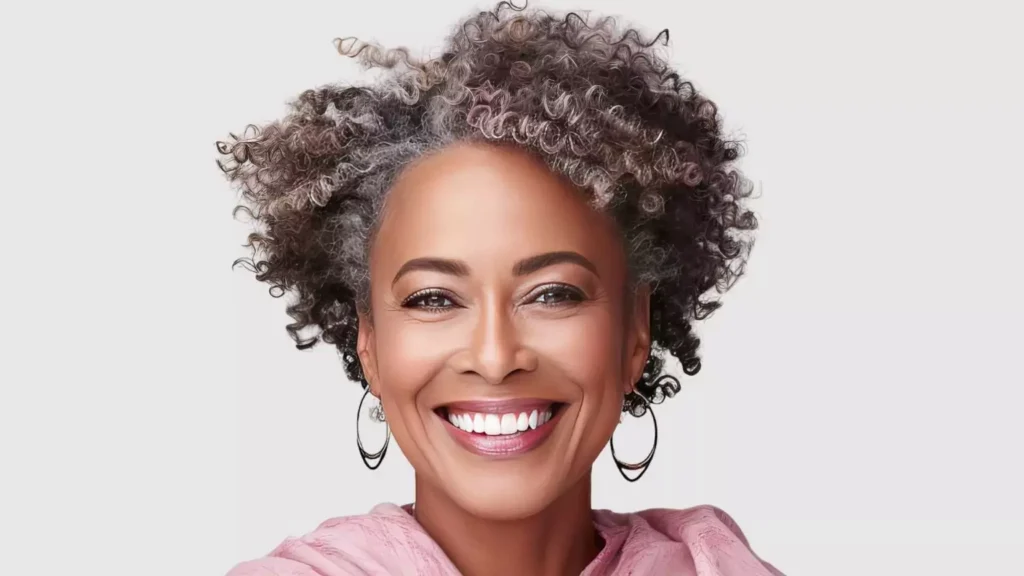
Hair has tight, small corkscrew curls from the scalp to the ends of the hair. That mainly describes Afro-textured hair. Whilst the curls tend to be smaller, the hair is much denser.
Curly Hair | The Texture

Curly hair type is just one aspect of caring for your curls. It’s essential to consider the texture of your curls when adding moisture. For instance, is your hair thick and coarse or fine? Texture influences your home care routine. Fine curly hair may need moisture added in small amounts to avoid overload, a technique I refer to as layering. Begin with a small amount of Restore and Shine Hair Masque, warm it in your hands, and apply it gently to the ends. If your hair absorbs it quickly, you can add more. In contrast, thicker or coarser hair typically requires more product.
This brings us to hair porosity, which refers to how easily your hair absorbs moisture.
How to Care for Curly Hair | Porosity
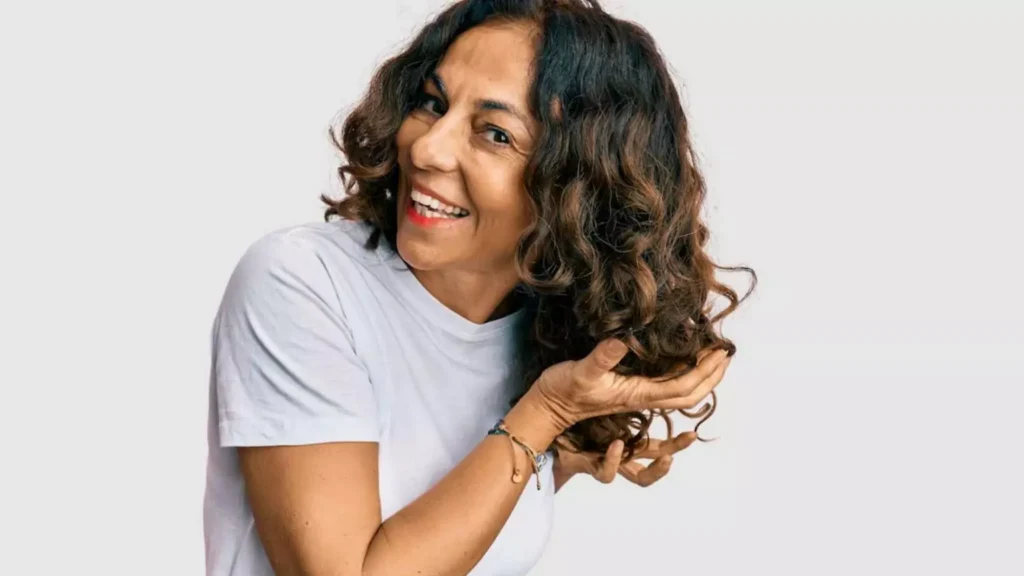
Understanding your hair’s porosity is crucial for effective moisture management. While curly hair tends to be more porous, this isn’t universally true; factors like chemical treatments or harsh weather can damage hair and alter its porosity.
To better care for your curls, you can categorize hair into three porosity types:
- Low Porosity: This hair type struggles to absorb moisture, often leading to product buildup.
- Normal Porosity: Hair in this category absorbs and retains moisture easily, requiring minimal maintenance.
- High Porosity: This hair is always thirsty, absorbing moisture quickly but needing constant hydration to prevent frizz.
To test your hair’s porosity at home, try the Curly Hair Hydration Test:
- Take a strand of hair and place it in a glass of water for a few minutes.
- If it floats, you have low porosity.
- If it sinks slowly, your hair has normal porosity.
- If it sinks quickly, you have high porosity.
In humid conditions, porous hair tends to soak up moisture from the air, which can lead to frizz. A weekly hair mask can help retain moisture and seal the cuticle, preventing excess absorption from the atmosphere. The more porous your hair, the more hydration it needs from deep conditioning treatments.
Once you identify your Curly Hair Hydration Type, consider the following care routines:
Curly Hair
High Porosity Curly or Coily Hair: Keeping these thirsty locks hydrated can feel challenging,
but a consistent routine is key. Minimize heat styling and opt for air drying when possible. If you use a hairdryer, choose a low heat setting. Weekly mask treatments are essential, and you might consider using them twice a week, leaving the Restore and Shine Masque on for several hours or overnight. Avoid products containing alcohol or silicones, as they can further dry out your hair.
Low Porosity Curly or Coily Hair: Less is more. Apply products in small amounts to allow for proper absorption. Hair should be damp but not soaking wet when you use a deep conditioner. Since low-porosity hair can appear dry, integrate a weekly mask treatment into your routine. Warm the product in your hands for even distribution, and cover with a plastic cap to enhance absorption.
Normal Porosity Curly or Coily Hair: Focus on maintenance. A weekly Restore and Shine Hair Masque treatment will keep your hair healthy.
How to Care for Curly Hair | Density
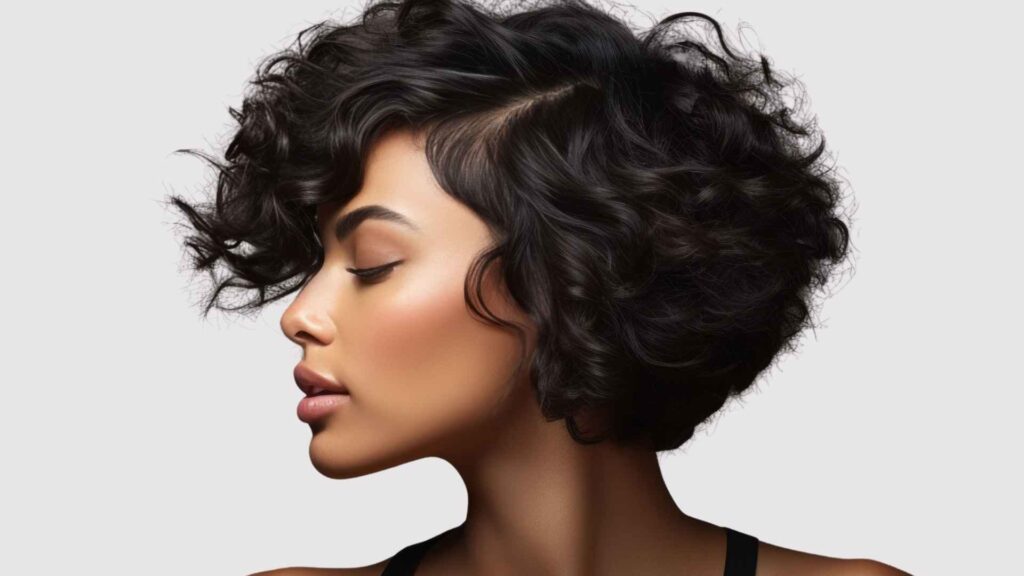
Understanding your hair’s density provides valuable insight for caring for your curls.
Hair density refers to the amount of hair you have, which influences your moisture needs. Low-density hair requires less moisture than high-density hair. For example, when using Restore and Shine Hair Masque, you’ll need less product for low-density hair compared to high-density hair.
Here’s how to assess your hair density:
High Density Hair: It’s challenging to see the scalp, and partings don’t hold well.
Low Density Hair: The scalp is easily visible when parting dry hair.
Medium Density Hair: The scalp is only partially visible when parting dry hair.
Curly Hair| Tips and Take Aways

Taking care of hair doesn’t have to be complicated. Use my guide on hair types, textures, porosity, and density to create a routine that celebrates your unique curls. Give your curls the love they deserve for fabulous results!
- Deep Condition Hair: A weekly deep conditioning mask is vital for maintaining moisture, sealing the cuticle, and combating frizz, dryness, and tangles while enhancing shine. Select a high-quality hair mask for the best results.
2. Get the Right Foundation: Moisture is key for curly hair. Your application method and product amount should reflect your hair type, texture, porosity, and density. Establishing a routine with a deep conditioner at its core is essential for consistent moisture.
3. Know Your Hair Type: Curls vary in shape—wavy, curly, and coily. Curl shape is crucial for achieving the right cut and balance, as it also impacts moisture needs. Tighter curls tend to be more fragile and require more moisture.
Curly Hair
- Think About Texture:Curly hair varies in texture, ranging from thick and coarse to fine. This plays a crucial role in how you care for your curls at home.
- Hair Porosity: Understanding your hair’s porosity helps you know how it absorbs moisture. Remember, hair density also affects moisture needs.
- Keep It Simple: Familiarize yourself with your hair type, texture, porosity, and density. Build a curly hair care routine centered around moisture.
- Get My Tips for Your Hair Type: I’ve provided specific guidance for the three main hair types: Fine, Thick, and Natural or Afro-Textured Coily Hair.
Discover more trends:
- Understanding Arthritis Pain: A Comprehensive Guide
- Identifying Early Signs of Rheumatoid Arthritis: A Comprehensive Guide
- Keep an Eye Out for Early Signs of Rheumatoid Arthritis: A Guide
- Nicole Kidman’s Revealing Dress Sparks a Heated Discussion
- Watch Out For The Early Signs Of Rheumatoid Arthritis
- Follow us on Facebook


